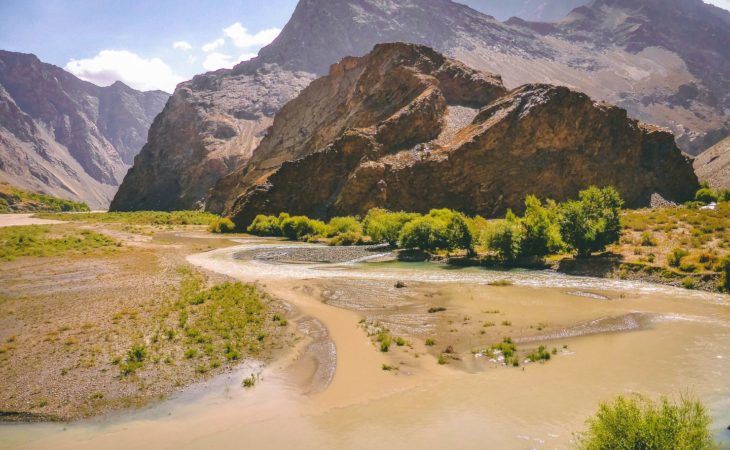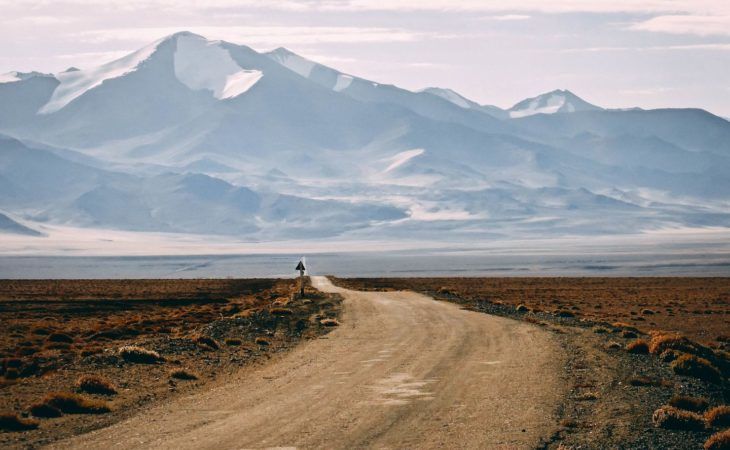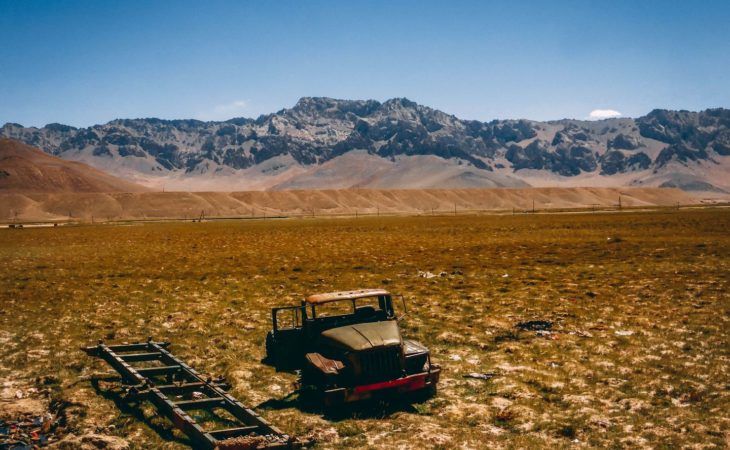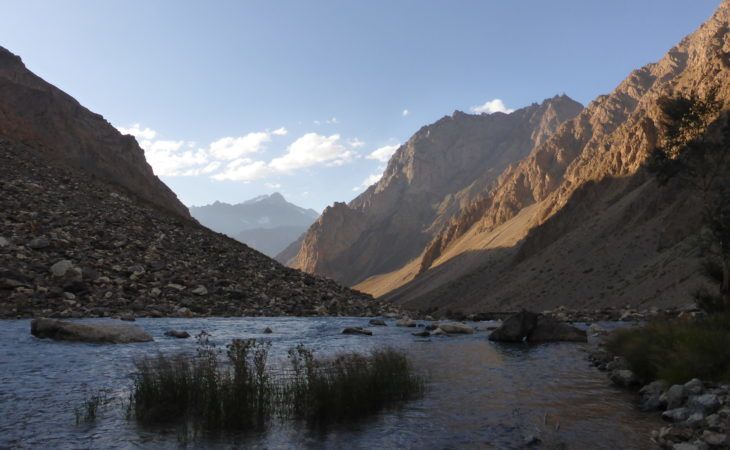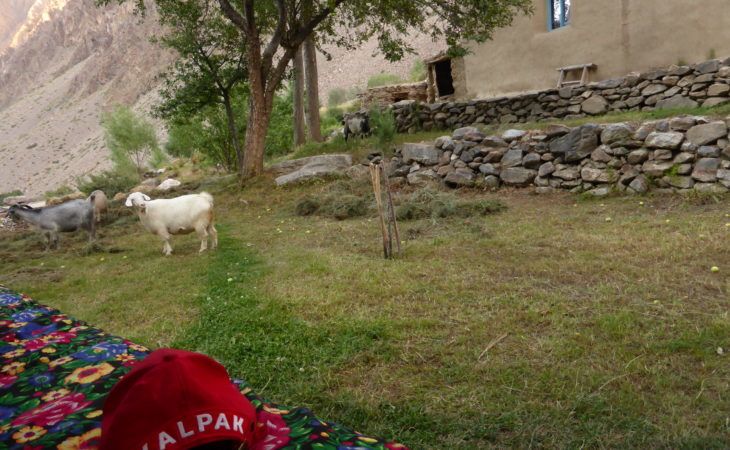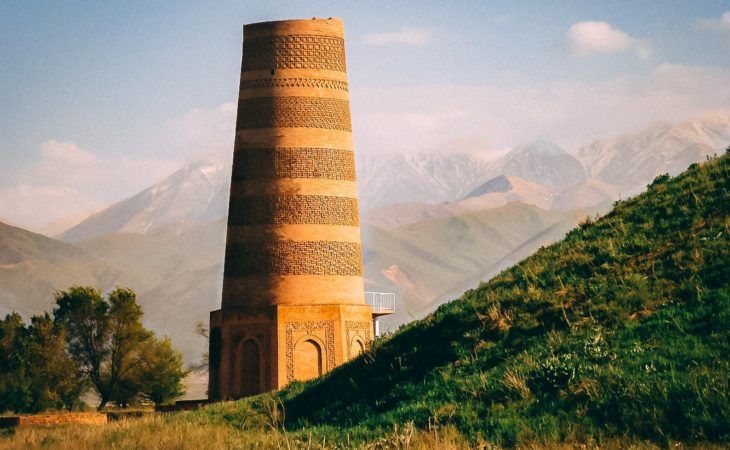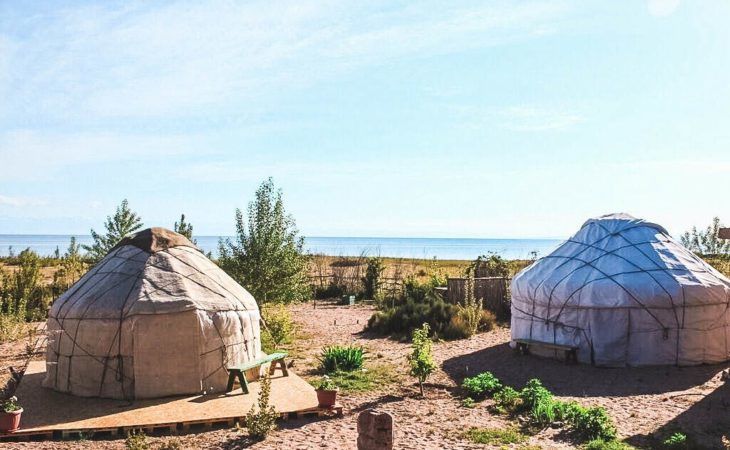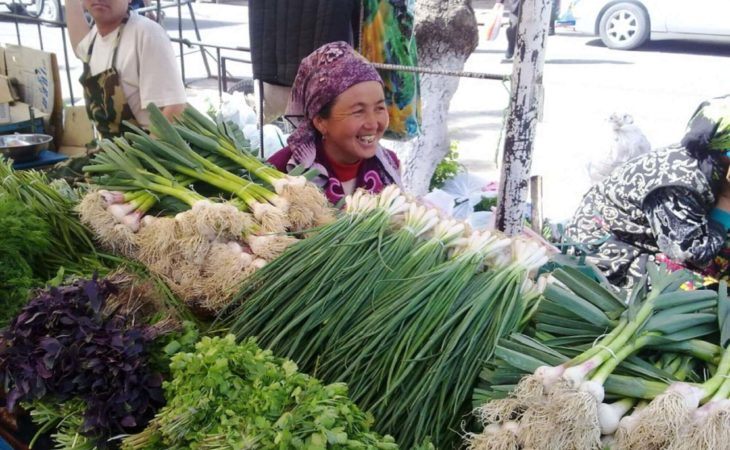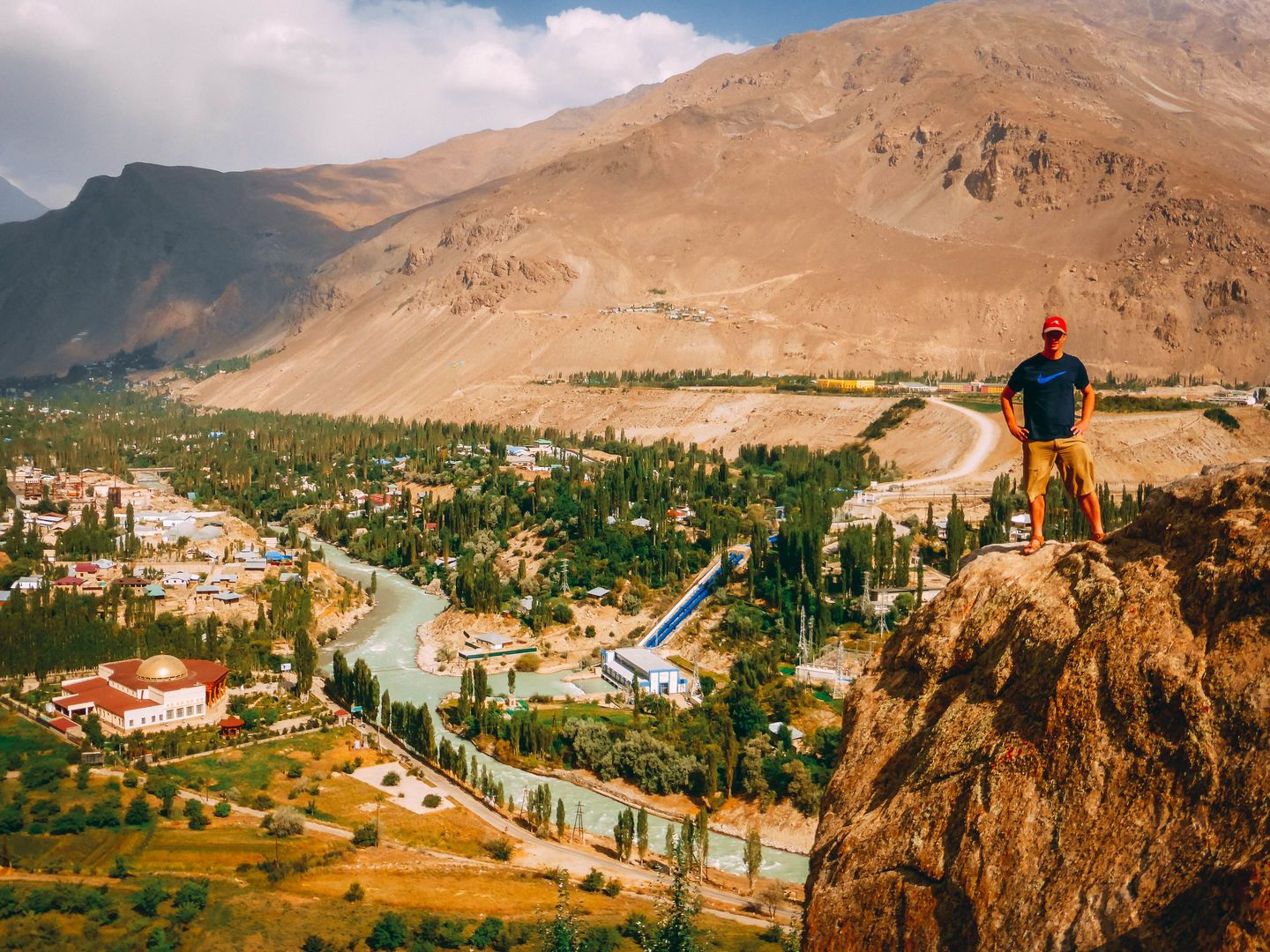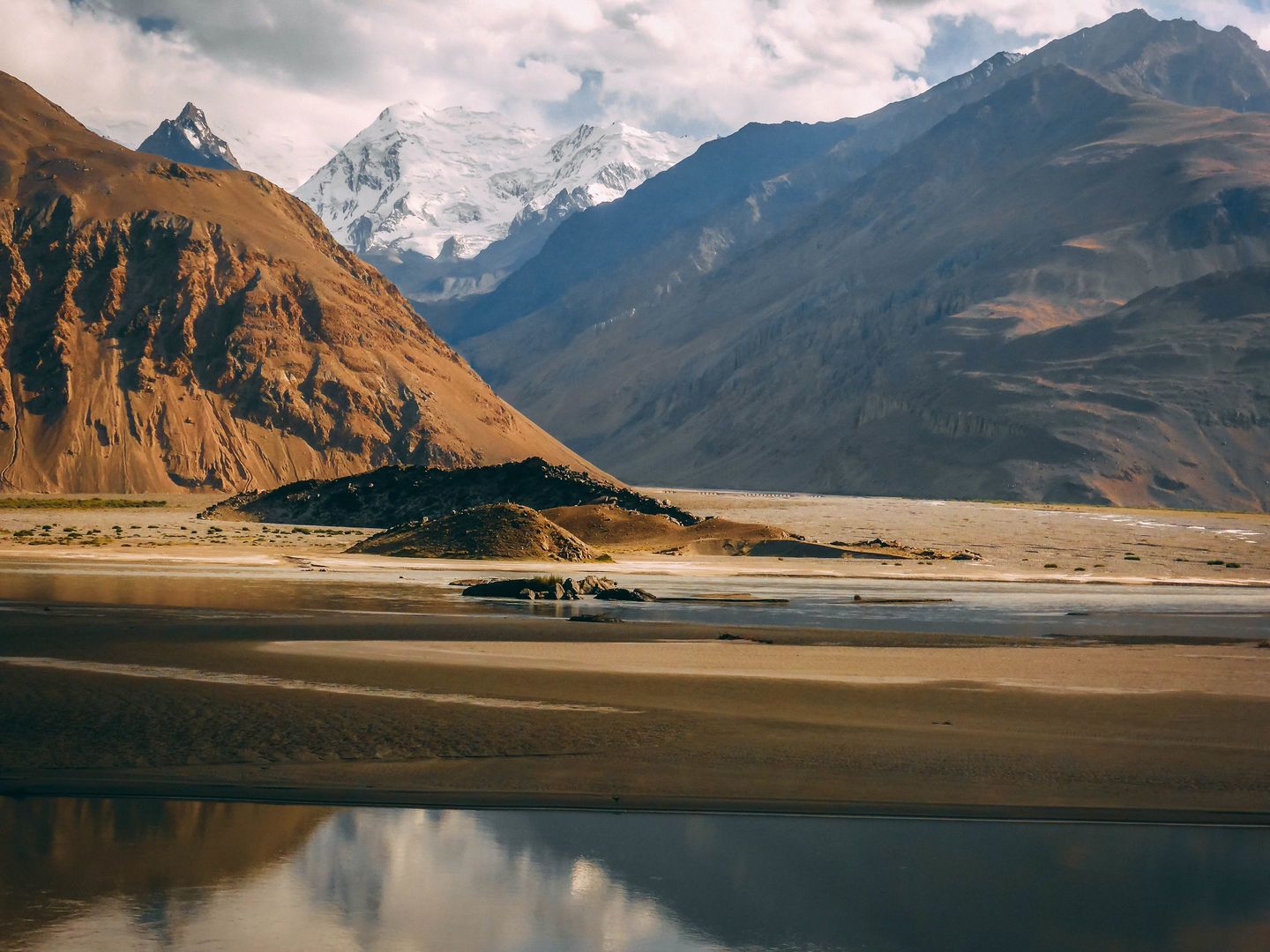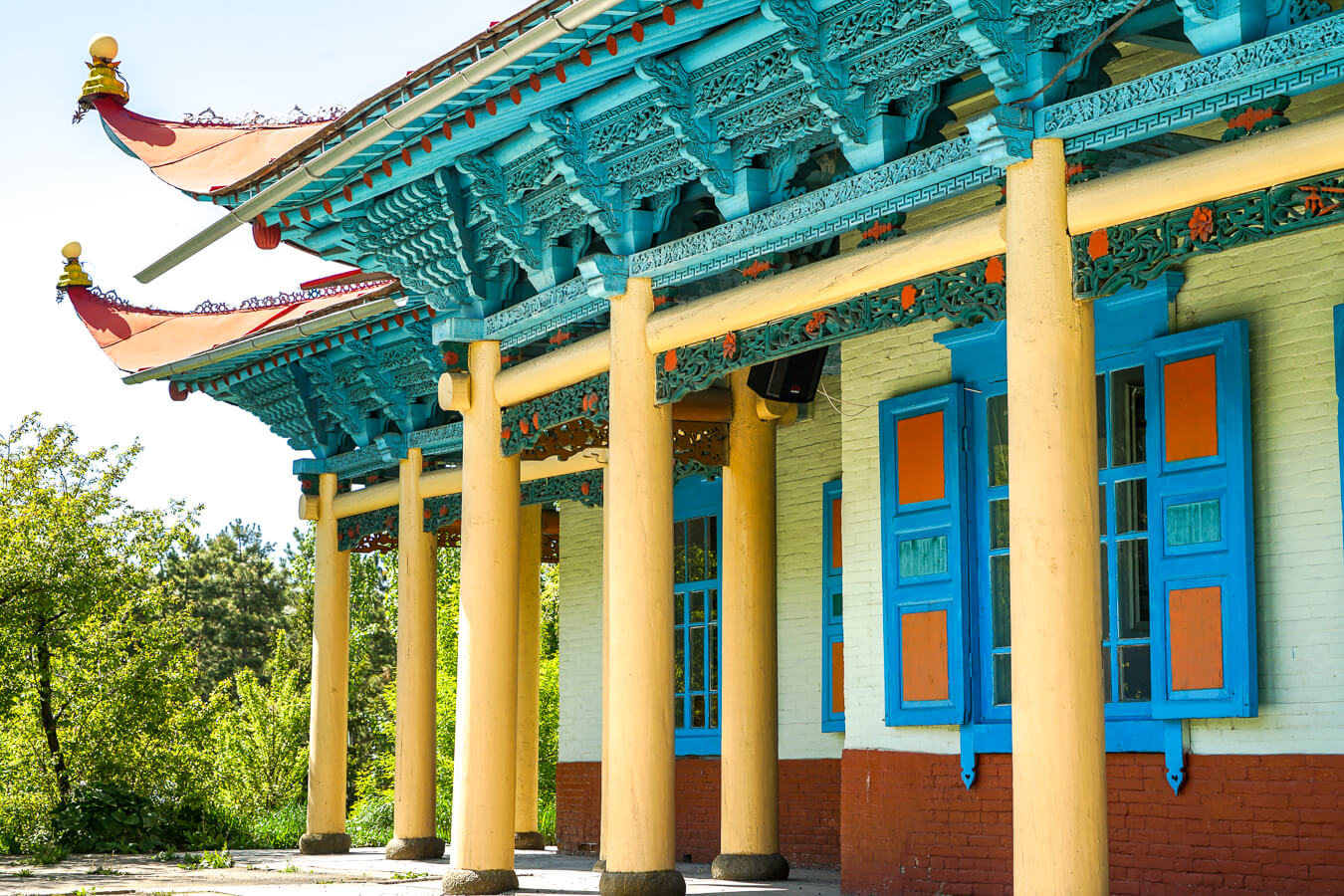The Eastern Pamirs are part of Tajikistan but inhabited primarily by ethnic Kyrgyz. Kyrgyz used to be nomads and many still today live a semi-nomadic life, living permanently in a village and during summer in a yurt on the summer pasture, where their cattle can graze. You will start to notice Kyrgyz yurts and herds of sheep, horses and yaks as we drive through this amazing lunar landscape towards Murghab, the center of Eastern Pamirs.
They have a saying in the Pamirs: “To arrive here and not see Murghab is akin to not visiting the Pamirs at all”. After all, by the Roof of the World, we mean Murghab. Desolate Murghab lies at the center of a flat plateau surrounded by dozens of peaks with summits that top out at over 6000 meters above sea level. Life here is rough, with short, cool summers followed by severe winters characterized by sub-zero temperatures and biting winds.
We will have a short tour in the small town (4000 inhabitants), including visit to a handicrafts center and the local bazaar and white Lenin statue.
Overnight in guesthouse with private shower & western toilet, 3600m altitude












